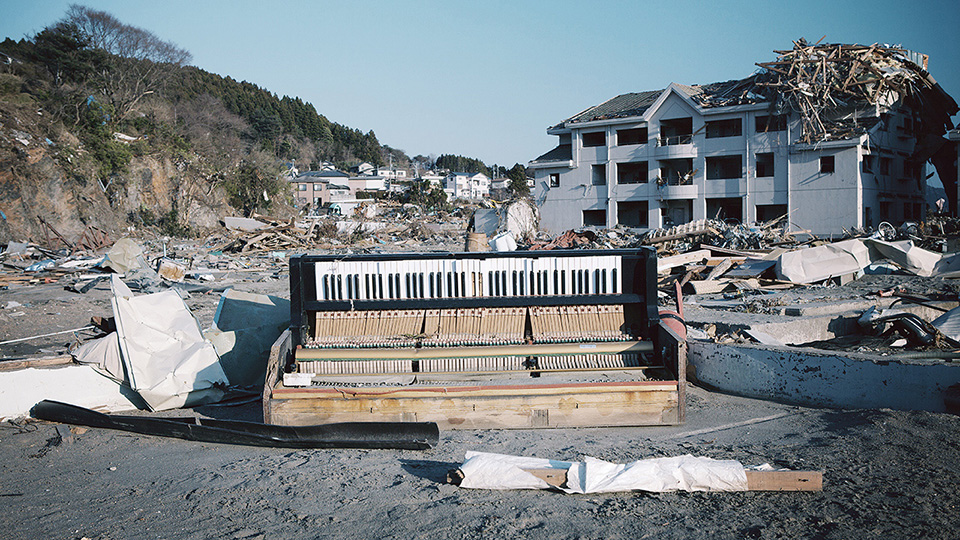It has been 10 years since a major earthquake and tsunami triggered the Fukushima nuclear accident of 2011.
Now, the Japanese town of Namie has been reduced to less than 8% of its original population as residents remain evacuated, said Mayor Kazuhiro Yoshida during his address to a global audience of nuclear experts, which was hosted on March 10 by Northwestern University.
From the event, Northwestern Now offers several points of view by experts who explain the inequities faced by the residents of that region and what it looks like today.
Impact in the long run
Hirokazu Miyazaki is the Kay Davis Professor of Anthropology in the Weinberg College of Arts and Sciences. He published a report detailing the failure of various compensation schemes to remedy the plight of those victims.
“We’re often inclined to think that nuclear disasters don’t happen very often, but that doesn’t take into view the damaging impact these disasters have in the long run on people, agriculture and anyone in the path of the nuclear fallout, sometimes beyond national borders.”
Compensation and costs
Annelise Riles is professor of law and executive director of the Roberta Buffett Institute for Global Affairs. She highlighted the inequitable burden borne by ordinary citizens.
“In the case of Fukushima, a large amount of money has been paid out to victims, but remains inadequate. Many who suffered tremendous losses, but reside outside of the mandatory evacuation zone, have not been compensated. We need new, and much more inclusive, nuclear disaster preparation processes involving careful deliberation over who deserves to be compensated in the wake of a nuclear disaster, and who should bear the costs.”
Many unresolved issues
Kazuhiro Yoshida is mayor of the town of Namie in Fukushima.
“For 10 years, we have continuously sought to advance our efforts for reconstruction and recovery from the Great East Japan earthquake and nuclear accident. The evacuation order was lifted for part of the town four years ago, and the current population of the town is approximately 1,600, less than 8 percent of the population before the accident ... the nuclear power plant accident robbed us of our livelihood and lifestyle. We lost our land, homes, occupations, jobs, friends and acquaintances and even our families were dispersed. Many residents have suffered both mentally and physically from their prolonged evacuation. The local government of Namie has done everything it can to support the reconstruction of the livelihoods of residents, but there are many unresolved issues surrounding compensation, even after 10 years.”
Life in evacuation
Hidenori Konno is leader of the plaintiffs in one of the lawsuits representing the residents of Namie against the Japanese government and the Tokyo Electric Power Company (TEPCO).
“Ten years have passed since the accident, but our homeland remains highly contaminated with radiation. Life in evacuation continues, and we do not know when we will be able to go home. We do not know if we will ever be able to go home. The Japanese government and TEPCO robbed us of our lives, our pride as local residents and our dignity as humans. We only have one homeland, which is priceless and irreplaceable. It cannot possibly be exchanged for money. We will never be satisfied with whatever monetary payment we are given as compensation for the loss ... our empty homeland is not properly maintained and has become a wasteland.”

